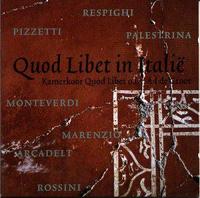

“2+2=5 implies that the Loch Ness monster exists” Or, let’s say your friend was making an argument that the Loch Ness monster exists, using “2+2=5” as a premise. “Well, if Lance was clean then I’m the queen of England” You’re arguing that he did, and you say something like Let’s say you’re arguing with a friend about whether Lance Armstrong used performance enhancing drugs.

It also aids in understanding the structure of some snarky comments.

Easier said than done, but ex falso quodlibet illustrates some downsides to keeping C around. Because otherwise, those contradictions could be used as evidence to ‘prove’ other false ideas. In a way, allowing that single contradiction in as a truth causes the entire framework to ‘explode’ ( ex falso quodlibet is also called the principle of explosion).īut besides being useful in proofs and in bending minds, what real-world significance does this have? It may help defend the claims that one probably shouldn’t believe false things, and that it’s probably a good idea to correct inconsistencies in things that one believes. In our example, ex falso quodlibet says that we can use the ‘true contradiction’ C to prove any statement to be true, regardless of whether the statement is actually true or not.īut wait, this means that we can prove that all “false” things are “true”, and then … everything is true! Ex falso quodlibet shows us that letting a contradiction slip into a logical framework eliminates any way of distinguishing between truth and falsehood. Intuitively, this doesn’t seem ‘good’, but why? What’s wrong with a ‘true contradiction’?Įx falso quodlibet helps answer this question.Įx falso quodlibetis a principle of classical logic stating that anything can be proven by using a contradiction as a premise. In other words, they claim that C is true, when it is actually false. Let’s say someone believed something that’s false, call it C (for ‘contradiction’), and they are using C in an argument. One example of this is “ ex falso quodlibet” – the principle that “from a contradiction, anything follows”. One of the things I like about studying logic and computation is using some of the rigorous mathematical ideas as a grounding for some everyday ‘intuitive’ ideas.



 0 kommentar(er)
0 kommentar(er)
